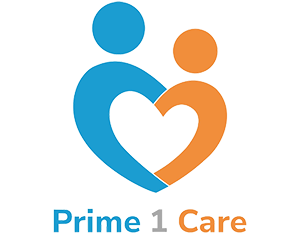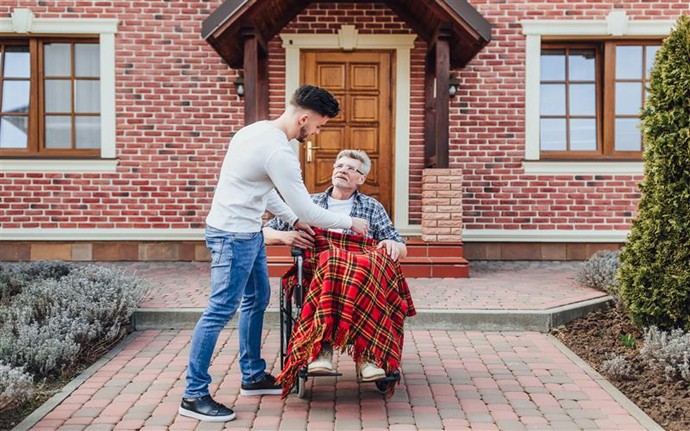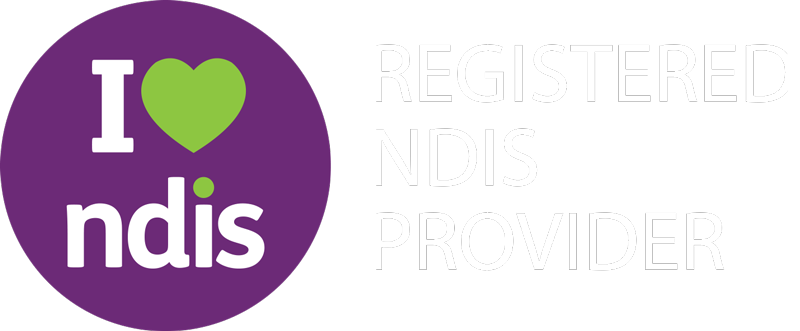Key Takeaways
- Assess the provider’s NDIS registration and housing options
- Check location suitability, accessibility, and safety
- Prioritise person-centred planning and support flexibility
- Ask about staff training, availability, and emergency procedures
- Choose providers who promote independence and dignity
Navigating the National Disability Insurance Scheme (NDIS) and its range of NDIS services can be complex, especially when it comes to securing appropriate housing. For individuals with a disability, the right NDIS housing provider can significantly impact quality of life, independence, and overall well-being. With a growing number of providers offering Specialist Disability Accommodation (SDA), Supported Independent Living (SIL), and other housing supports, choosing the right one requires careful consideration.
This guide provides a clear and practical approach to evaluating and selecting a suitable NDIS housing provider. Whether you’re exploring options for yourself or supporting a loved one, here’s what to look for and how to make an informed decision.
Step 1: Understand Your Housing Needs and NDIS Plan
Before reaching out to providers, it’s essential to understand your current NDIS plan and the type of housing support you are funded for. This includes:
- SDA (Specialist Disability Accommodation): For participants with extreme functional impairment or very high support needs.
- SIL (Supported Independent Living): For those needing regular help with daily household tasks in a shared or individual living arrangement.
- ILO (Individualised Living Options): For more flexible and tailored housing supports.
Be clear about what you’re eligible for, the level of support required, preferred living arrangements (shared, solo, or group home), and location preferences. This will help narrow down your options and ensure you’re only contacting providers who meet your specific criteria.
Step 2: Research Potential Providers
Start by creating a shortlist of NDIS-registered housing providers. Useful resources include:
- NDIS Provider Finder Tool
- Local area coordinators or support coordinators
- NDIS forums, advocacy groups, and disability networks
- Online directories
Look for providers with experience in delivering the type of housing you need and a solid track record in supporting participants with similar needs.
Step 3: Evaluate Provider Credentials and Registration
Only consider providers that are NDIS-registered, particularly if you’re using NDIS-managed funds. Registration ensures the provider complies with the NDIS Practice Standards, which include guidelines for safety, dignity, participant choice, and rights.
Also check:
- How long have they been operating
- Whether they specialise in SDA, SIL, or both
- Their compliance history with the NDIS quality and safeguards commission
- Whether they have an accessible housing stock in your preferred location
Transparency is key. Reputable providers should be open about their qualifications, compliance, and service history.
Step 4: Visit Properties and Ask Key Questions
Once you’ve identified a few suitable providers, ask to visit their available properties or view them online if in-person visits are not possible. During the visit, assess:
- Accessibility: Is the property suited to your mobility needs or other disability-related requirements?
- Safety and Comfort: Are the spaces clean, secure, and well-maintained?
- Environment: Is it in a safe and convenient location, near shops, transport, and community services?
Ask the provider specific questions such as:
- How is support delivered day-to-day?
- What kind of staff training is in place?
- Can the support be tailored to your lifestyle and preferences?
- How are roommates selected in shared living arrangements?
Step 5: Understand Support Models and Flexibility
Different providers offer different models of care. Some offer both housing and support services, while others may partner with separate SIL providers.
Things to consider:
- Can you choose a different support provider while keeping the same housing?
- Is there flexibility in how and when support is delivered?
- Do you have a say in who supports you and how your support is managed?
The best providers are those that allow participant choice and control, including the ability to mix and match housing with your preferred support team.
Step 6: Read Agreements Carefully
Before signing anything, ask for a copy of the service agreement or tenancy agreement. Review these documents in detail or with the help of a trusted support coordinator or legal advisor, so you understand your rights and obligations under relevant tenancy law.
Look for clarity in:
- Rent and service charges
- Length of lease
- Your rights and responsibilities
- Exit terms if your needs or preferences change
Avoid providers that pressure you into signing or are vague about terms.
Step 7: Check for Person-Centred Approaches
A high-quality NDIS housing provider focuses on person-centred care. This means they consider your individual goals, preferences, and routines in all aspects of housing and support.
Warning signs of poor providers include:
- One-size-fits-all service models
- High staff turnover
- Limited participant involvement in planning or decision-making
- Negative reviews from past or current residents
Look for providers who promote independence, inclusion, and dignity.
Step 8: Ask for Feedback and Talk to Other Tenants
One of the best ways to understand a provider’s quality is by speaking to people who have lived in their housing. Ask the provider to connect you with current or former participants or families willing to share their experiences.
You can also:
- Read reviews online
- Check community Facebook groups
- Talk to advocates or support coordinators who’ve worked with the provider
Their insights can help you assess how responsive, respectful, and reliable the provider is.
Conclusion
Choosing the right NDIS housing provider isn’t just about location or amenities, it’s about aligning with a provider that values dignity, independence, and meaningful care. If you’re ready to take the next step in your NDIS housing journey, contact Prime 1 Care today. Our team is here to guide you through your options and ensure you feel confident in your decision.
FAQs:
What is the difference between SDA and SIL housing?
SDA refers to purpose-built housing for people with high support needs. SIL refers to the support services delivered in the home. They can work together or separately.
How can I confirm whether a provider is registered with the NDIS?
You can use the NDIS Provider Finder tool to confirm registration and services offered.
Can I choose who I live with in supported accommodation?
Yes. Many providers, including Prime 1 Care, involve participants in choosing housemates to ensure compatibility and comfort.
What key factors should I assess when inspecting an NDIS property?
Check for accessibility, cleanliness, safety features, and a welcoming environment. Also assess proximity to essential services and public transport.
Is it possible to move to another NDIS housing option later?
Yes. Your NDIS plan may allow flexibility depending on your goals and needs. Providers like Prime 1 Care support transitions when required.
How much of my NDIS budget can go toward housing?
This depends on your plan. Consult your NDIS planner or support coordinator for guidance.






